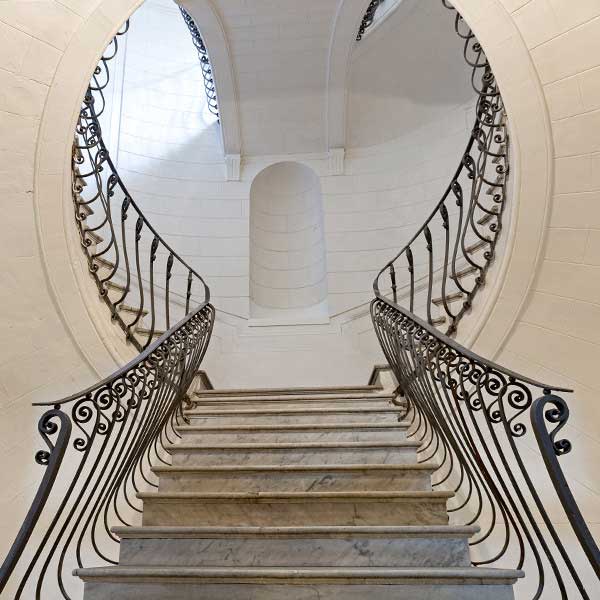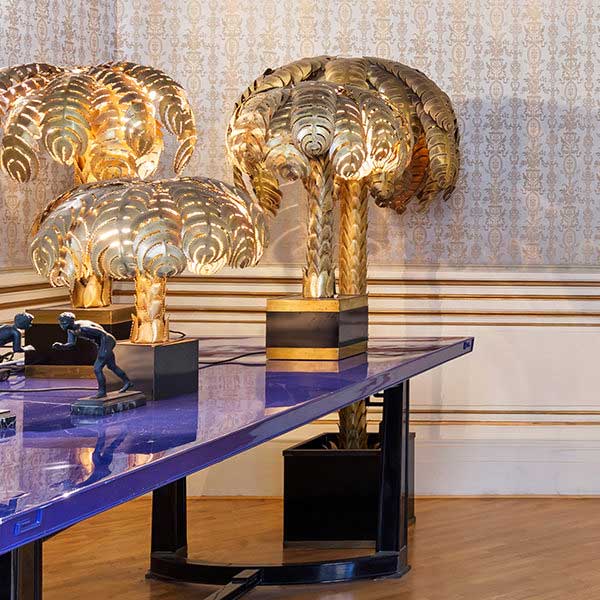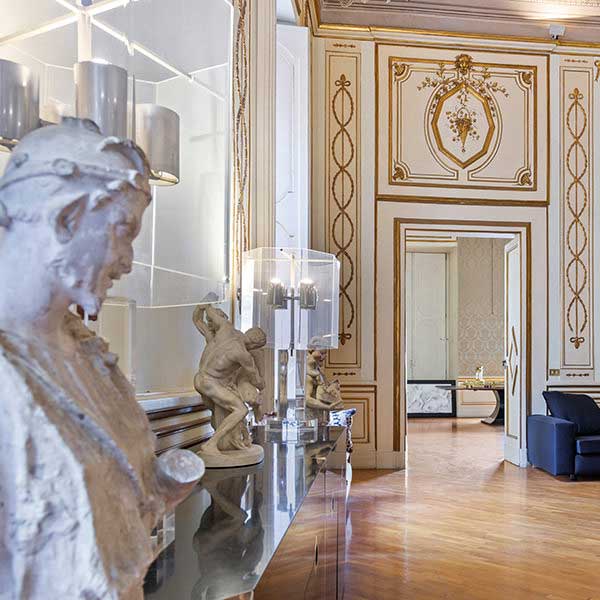Project Description
_Chapeau house
Chapeau House, a spacious and splendidly illuminated aristocratic apartment, is located inside the monumental Albertini di Cimitile family palace, an historic Neapolitan residence. The construction of the structure began in 1774 at the bequest of Giovanni Battista Albertini who knew from the start what he wanted to achieve: a magnificent building, whose beauty was exemplary for anyone who set eyes on it.
Throughout the long years that have carried it through to the present day, the building of Chapeau House has even been the protagonist of the 1848 revolutionary uprisings, finding itself as the battle grounds for the last violent clashes of the rioters against the Bourbon troops.
The apartment of Chapeau House has been renovated while maintaining the noble origins from which it was conceived and created.
White frescoes and walls with classically patterned wallpapers are enriched with gold-colored inlays in a succession of high-ceilinged rooms, characteristic of ancient houses.
The furnishings modernize the environment of Chapeau House only by the comfort of their materials, while the designs belong to a different era, perfectly in keeping with the surrounding atmosphere, almost as if its novel historical features were moving on tiptoe so as not to affect the splendor of a place so rich in history.
Spacious and splendidly illuminated, this aristocratic apartment is located inside the monumental Albertini di Cimitile family palace, an historic Neapolitan residence. The construction of the structure began in 1774 at the bequest of Giovanni Battista Albertini who knew from the start what he wanted to achieve: a magnificent building, whose beauty was exemplary for anyone who set eyes on it.
Throughout the long years that have carried it through to the present day, the building has even been the protagonist of the 1848 revolutionary uprisings, finding itself as the battle grounds for the last violent clashes of the rioters against the Bourbon troops.
The apartment has been renovated while maintaining the noble origins from which it was conceived and created.
White frescoes and walls with classically patterned wallpapers are enriched with gold-colored inlays in a succession of high-ceilinged rooms, characteristic of ancient houses.
The furnishings modernize the environment only by the comfort of their materials, while the designs belong to a different era, perfectly in keeping with the surrounding atmosphere, almost as if its novel historical features were moving on tiptoe so as not to affect the splendor of a place so rich in history.



